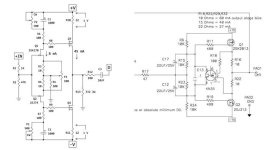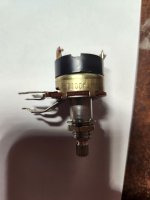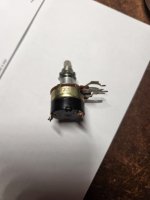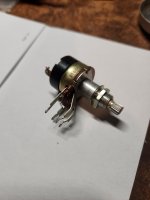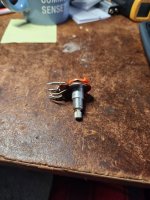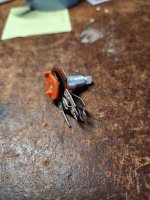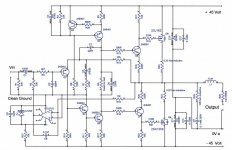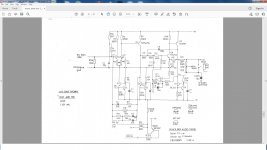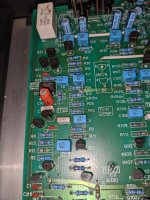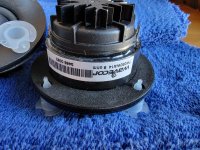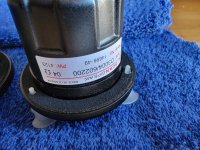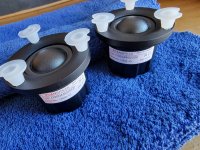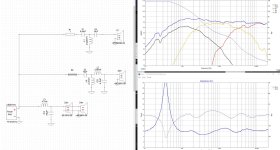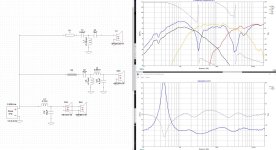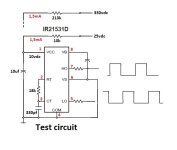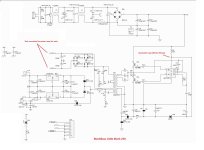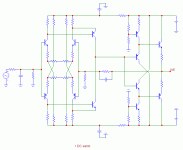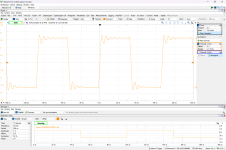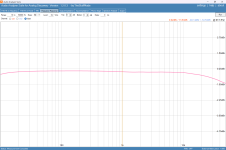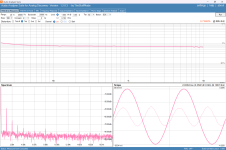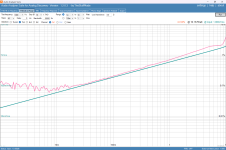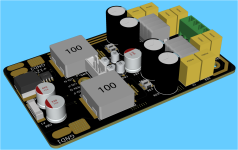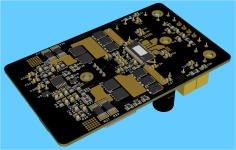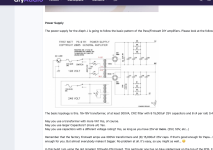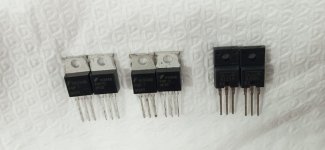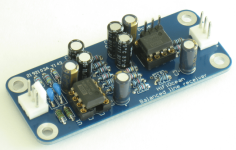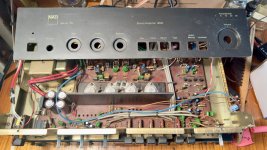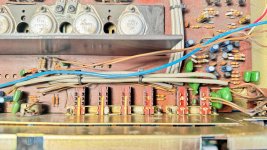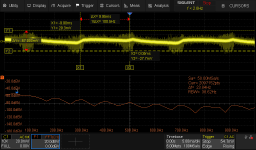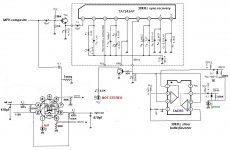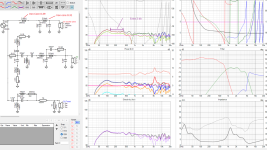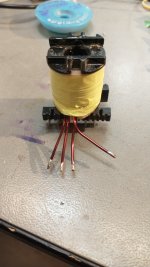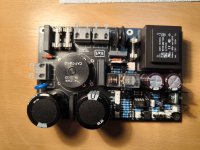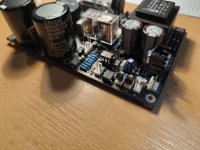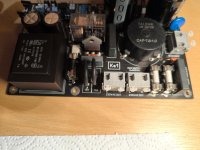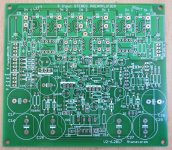Hello fellow audiophiles,
I have been building my own speakers and modifying them for many years. The goal is to achieve the most natural sound quality possible, so that the playback is indistinguishable from an unplugged live performance. A loudspeaker should not have its own sound; after all, it is not a musical instrument but a device meant solely for reproduction. One of the most challenging aspects of designing a good loudspeaker is undoubtedly creating an effective crossover filter. It involves not only calculating the perfect values of the components but also making the right component choices.
Over the past years, I have extensively experimented with capacitors, always trying to use the best possible ones. However, high-quality capacitors are quite expensive, and sometimes it's not feasible to use them due to their high cost. I always use film capacitors based on polypropylene in my designs, as electrolytic capacitors are a no-go for speaker crossovers, at least for me. For low frequencies, you often need capacitors with high values, especially in a three-way system like mine. The midrange driver starts around 60Hz, and I let the woofer roll off around 50Hz to avoid interference frequencies. Using really good film capacitors in this scenario can quickly become quite expensive.
In my design, the midrange driver covers a frequency range from 60Hz to 5KHz. It's a very wide range, but the advantage is that almost all critical frequencies are handled by the same speaker driver, eliminating any crossover interference within this range. For the midrange driver, I need a series capacitor of 100uF, which is quite a high value that can't easily be filled with super expensive capacitors if you don't want to spend a fortune.
Until now, I have used a combination of Jantzen Audio Superior-Z and Jantzen Audio Silver-Z, along with bypassing them with Cornell Dubilier 940C 3000V capacitors. This setup already cost me over €450 per midrange driver. Although I'd like to use even better capacitors, options like Alumen-Z would cost around €1000 per midrange driver, which is not doable for me. Therefore, I was thrilled when I came across the brand WEET on an audio forum on the internet. I checked the capacitors they offer and directly contacted Fay through
www.musicaps.com. She was very friendly and professional, addressing all my inquiries excellently. Eventually, I chose 20 pieces of 10uF WEET WMH Aluminium capacitors, and we agreed on a price that was feasible for me.
I then spent two days building my two crossover filters on wooden panels, which I mounted on vibration dampers, externally on the back of the speakers.


After completing the setup, I began listening to the speakers. I know that capacitors, and every conductor in general, even a simple copper wire, as well as all the new sockets, plugs, and not to forget the 0.47mH Litz coil placed in series with the capacitors, need a minimum of 150 hours of playtime before they start sounding as they should. Often, the sound quality reaches only 80% to 90% of its potential during that time, depending on the materials used. For instance, Teflon capacitors require half a century of "breaking in," and silver conductors also need several weeks to reach their full potential. However, I started by playing track no. 2 from the IsoTek Full System Enhancer & Rejuvenation Disc, which is a half-hour long track. I knew there would be quite a noticeable difference after playing this track once only. After 30 minutes, I played a piece of music and started listening.
Right from the first notes from my speakers, I was pleasantly surprised! It already sounded significantly better than what I was accustomed to! Over the following week, I let the speakers play continuously at a low volume. During the night and when I was away from home, I used the IsoTek CD, and when I returned from work, I played music. Every day, I heard improvements, and I must admit that I experienced goosebumps several times while listening. These WEET WMH capacitors achieve an unbelievable high sound quality: the openness, depth, and width of the soundstage, the pinpoint precision, and the realism with which the music is reproduced are of such high quality that at times, I genuinely feel like the musicians are performing in my living room. I have never been a huge fan of live recordings; somehow, I found them less natural and was more drawn to studio recordings. However, that has changed completely now! Every live recording I've heard so far has astonished me; the realism is unlike anything I've ever heard before, even with very exotic speakers and expensive sound systems. I can only use superlatives to describe the experience, and that's precisely how I perceive it. Not just me, but all my audiophile friends who come to my place regularly to listen, while enjoying some drinks and snacks, were amazed as well. The most memorable compliment came from one of these friends who said before leaving: "Thank you, Alex." I asked, "Why?" And he replied with a smiling but serious face, "Now I won't be able to listen to my own setup at home for at least a week because it sounds like an old-fashioned transistor radio compared to this."
I've never received a better compliment, and at the end of this rather lengthy review, I want to pass on the same great compliment to WEET and thank them for all the beauty these capacitors will bring me in the coming years!
The WEET WMH capacitors are not just very good; they are a MUST for anyone who needs higher value in capacitance range and wants to build or modify a relatively affordable crossover filter in such a way that there is no doubt about achieving a realistic reproduction. With the WMH capacitors, you can be certain that at least capacitor quality won't be the limiting factor!
Best regards,
Alex
